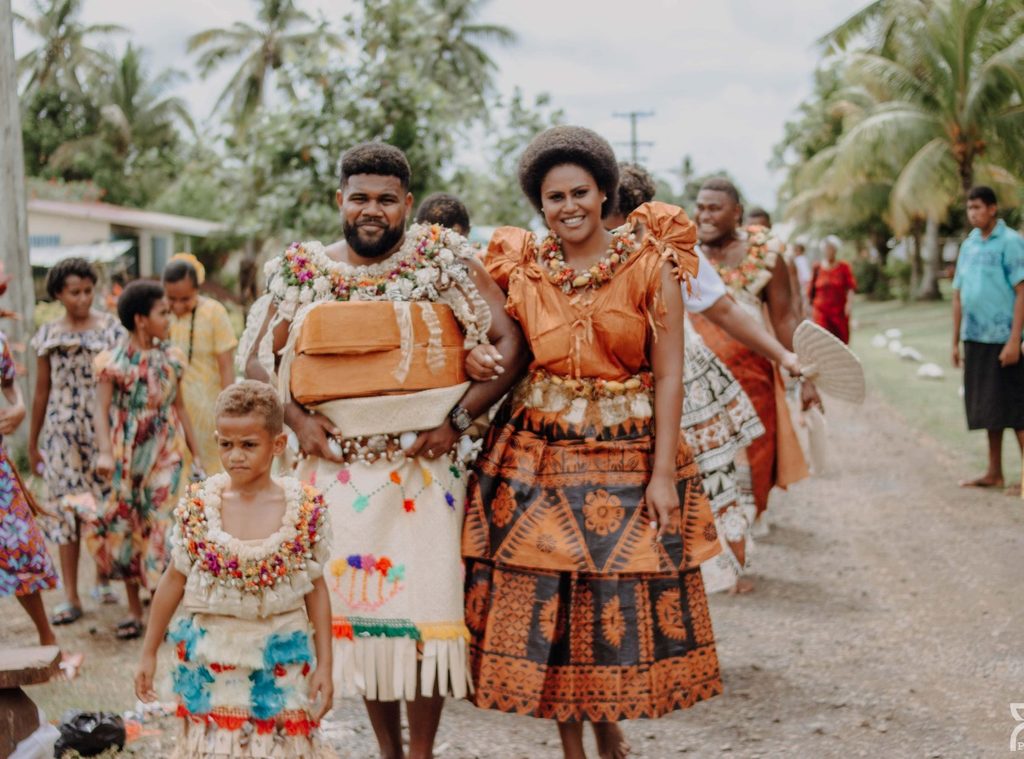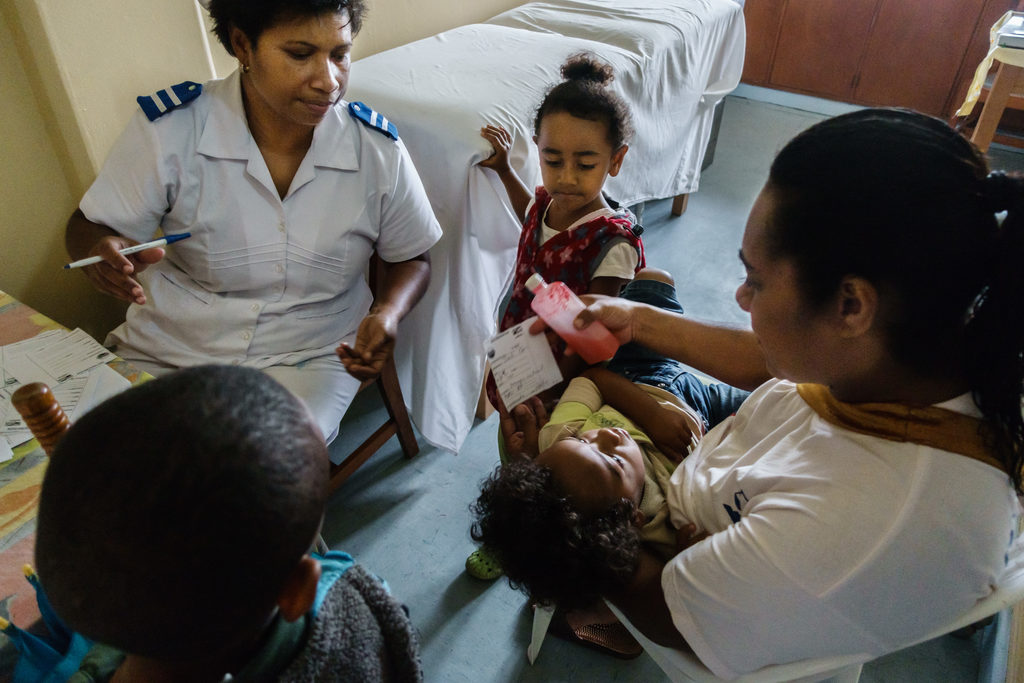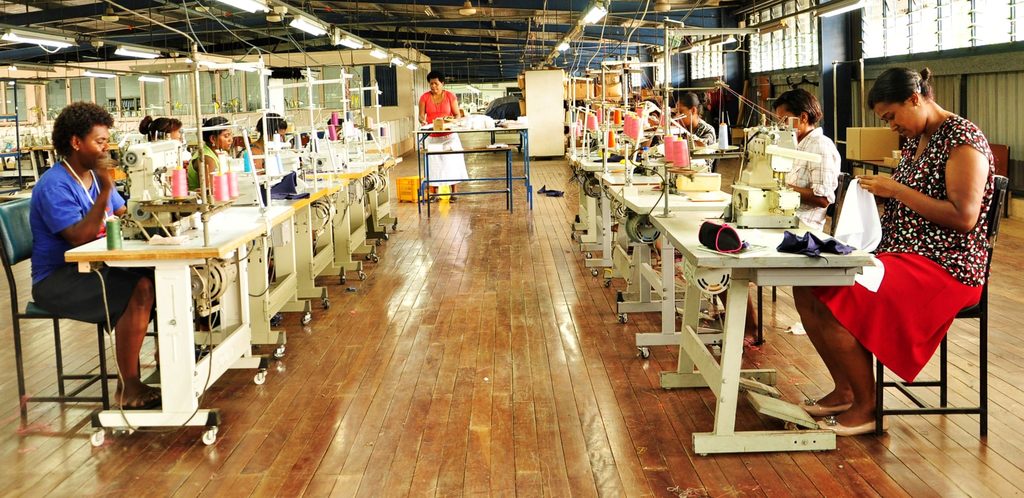Across our ocean of islands, just as in many corners of the globe, a quiet but profound crisis is emerging—one that isn’t about the number of children being born, but about whether Pacific people have the power and means to decide for themselves when, how, and if they become parents.
This is the central message of the United Nations Population Fund’s (UNFPA) recent report, “The Real Fertility Crisis: The Pursuit of Reproductive Agency in a Changing World.”
This week, The Sunday Times builds on a critical insight already explored in the first part of the report: that the true global demographic emergency isn’t one of plummeting birth rates or booming populations, but a failure to empower individuals to make free and informed choices about reproduction.
Reproductive gaps
From Papua New Guinea to Fiji, from Samoa to the Solomon Islands, Pacific communities face a unique blend of reproductive health challenges.
While some islands contend with high adolescent pregnancy rates, others are quietly shifting toward lower fertility levels and ageing populations.
The UNFPA’s global research reveals that many individuals worldwide experience a fertility gap—either having more children than they want due to lack of access to contraception or fewer children than desired due to economic hardship or social barriers.
In the Pacific, this dual reality is especially pronounced. Women may struggle to avoid unintended pregnancies due to limited healthcare infrastructure in outer islands, while couples delay or forgo childbearing entirely because of unaffordable housing, insecure jobs, or a lack of childcare options.
One powerful insight from the report underscores how these problems often coexist within the same individuals. For example, a young woman might experience an unintended pregnancy during adolescence due to poor access to reproductive health education, only to face infertility years later when she’s ready and willing to have a child.
Beyond birth rates
In some policy circles, including those within Pacific governments, there remains a temptation to view fertility in terms of numbers, tracking total birth rates as indicators of progress or concern.
But as the UNFPA warns, treating unintended pregnancies as a “solution” to population decline is deeply harmful.
The Pacific knows this truth all too well. Unintended adolescent pregnancies can derail education, perpetuate poverty, and increase the risk of domestic violence.
The report points out that globally, unintended pregnancies are associated with higher rates of preterm births, low birth weight, and postpartum depression.
For island nations already struggling to deliver adequate maternal and neonatal care, the stakes are even higher.
“Fertility must never be a function of policy panic,” the report states.
“It must be the product of personal agency.”
Building the systems that enable choice
To truly support reproductive autonomy, Pacific nations need to invest in the full spectrum of sexual and reproductive healthcare.
But access alone is not enough. Quality matters. In many rural health centres across the region, from Vanuatu to Tonga, a shortage of trained personnel, stigma from healthcare providers, and inconsistent supply chains for contraceptives continue to deny people the basic right to plan their families.
According to UNFPA survey data, nearly one in five respondents globally reported being unable to access health services related to contraception or procreation when they needed them.
The same is likely true, and possibly worse, in remote island communities with limited transport or where cultural taboos restrict conversations around sex.
Moreover, fertility care remains almost non-existent in the Pacific. While infertility is often overlooked in regions with historically high birth rates, the suffering of individuals unable to conceive is very real.
Globally, one in six people experience infertility, yet access to affordable and effective treatment remains elusive, especially in low-resource settings like the Pacific Islands. For many, IVF and other assisted reproductive technologies are prohibitively expensive and legally restricted.
Economic realities colliding with reproductive desires
Perhaps the most resonant message for Pacific Island countries is the link between economic security and reproductive choice. The UNFPA identifies economic precarity as one of the chief reasons individuals either have children too soon, or not at all.
This is especially true for Pacific youth. Many face a trifecta of challenges, which range from limited employment opportunities to rising costs of living (especially in urban areas like Suva and Honiara), and few options for affordable housing.
For women in particular, the cost of childcare and the lack of family-friendly work policies make combining motherhood with career aspirations a daunting task.
Family support, particularly from grandparents, remains a cornerstone of Pacific childcare culture. But as more families become urbanised or fragmented by migration, these informal systems are under strain.
Governments must begin to consider more formal childcare policies, along with housing support and parental leave, to allow couples to build the families they envision.
Education, empowerment, and equity
Another area of urgent concern in the Pacific is the need for robust, age-appropriate, and culturally sensitive comprehensive sexuality education.
Despite progress, too many young people in the region still lack accurate information about their reproductive health. Misinformation, stigma, and social media myths further muddy the waters.
As UNFPA research shows, education is one of the strongest defences against unintended pregnancy, particularly among adolescents. Yet school-based programmes often fall short or fail to reach out-of-school youth, particularly in rural and isolated communities.
More inclusive, gender-sensitive and evidence-based reproductive education, both in and outside of schools, is essential to help young people make informed choices, protect their health, and plan for their futures.
Legal and social barriers
Lastly, the report calls attention to legal and systemic barriers that prevent people from becoming parents. In many countries, access to fertility care, adoption, or parental leave is limited to heterosexual, married couples.
LGBTQIA+ people, single individuals, or older women are often excluded or marginalised. While the Pacific has made strides in promoting human rights, many legal frameworks remain outdated and restrictive in this regard.
Equally troubling are the policies that restrict access to contraception or abortion, often requiring spousal or parental consent. These create environments where unintended pregnancies become inescapable for those already disempowered.
Charting a new course
Rather than fuelling fear-based narratives around population decline or demographic shifts, the Pacific and the world, must embrace a framework of demographic resilience. This means designing inclusive policies that support people across all stages of life, irrespective of fertility goals.
By ensuring everyone has the means and support to make their own reproductive choices, our region can build a more just, healthy, and equitable future.
Given that in the Pacific where the value of community, family, and dignity runs deep, the UNFPA’s report reminds us that “the path forward is not about controlling populations but about empowering people.”
The UNFPA report stresses that couples need to be empowered in a meaningful way to help them make informed choices. Picture: FT FILE/RnR PHOTOGRAPHY

A routine checkup at Nausori Maternity Hospital. Pacific nations need to invest in the full spectrum of sexual and reproductive healthcare. Picture: WHO



